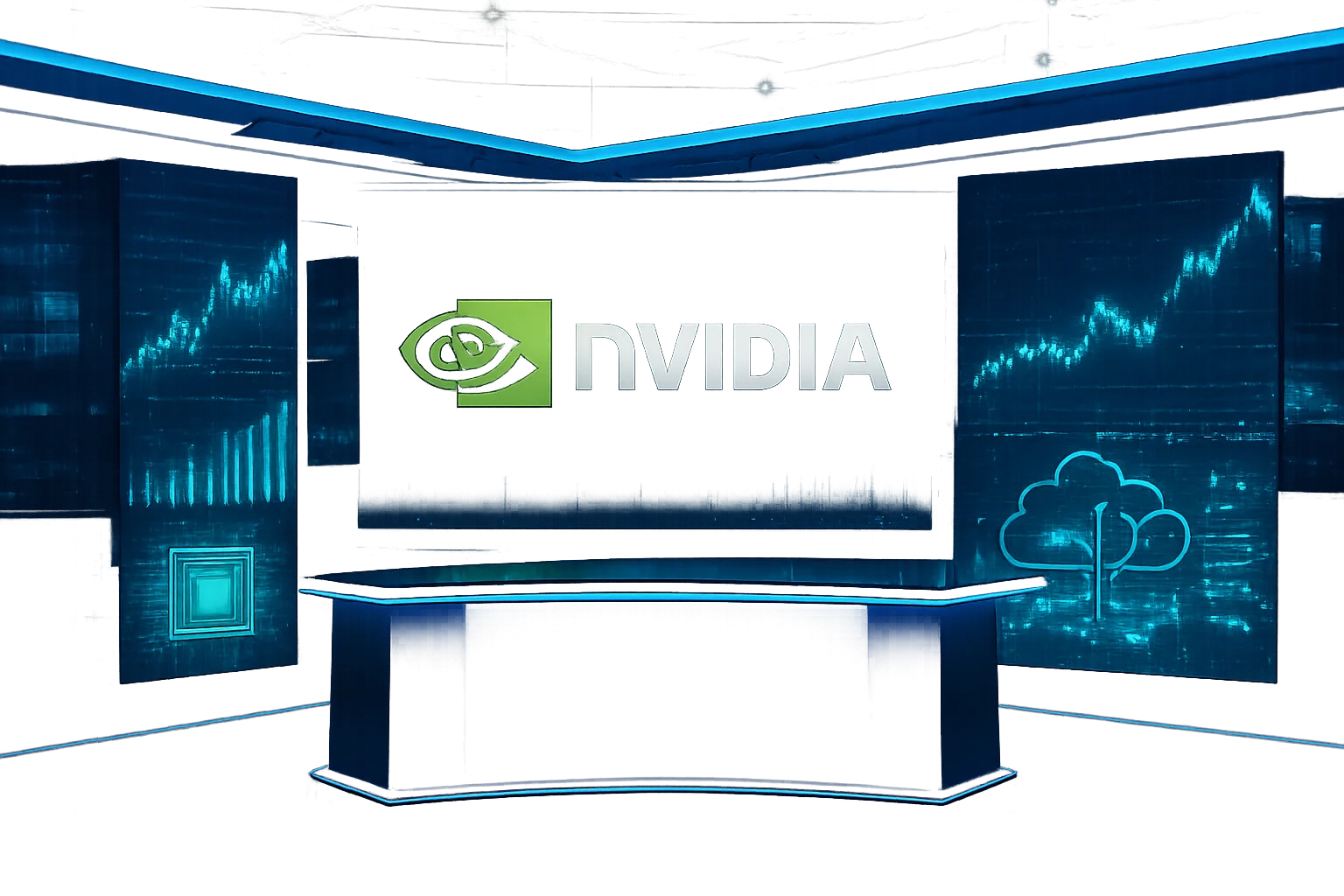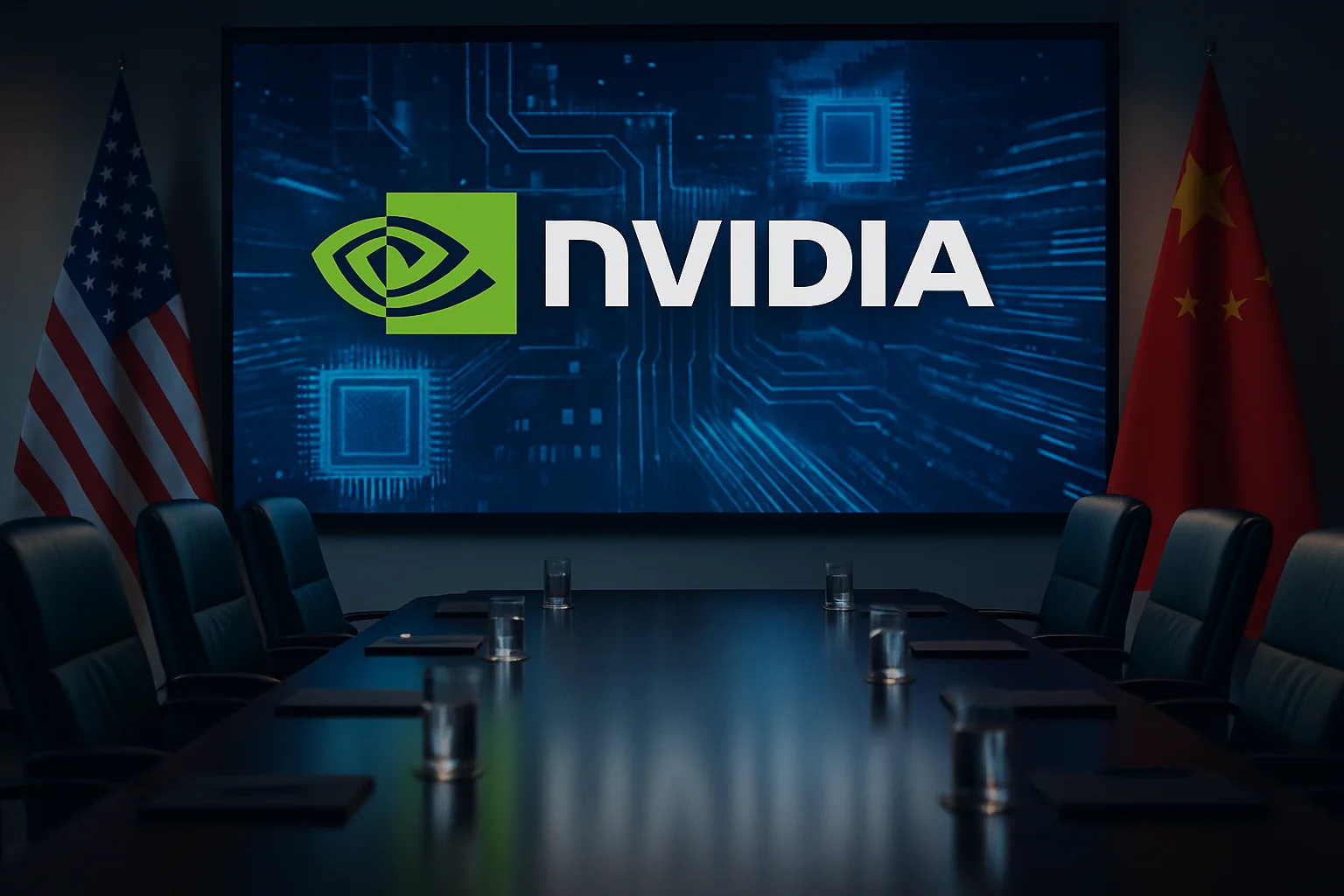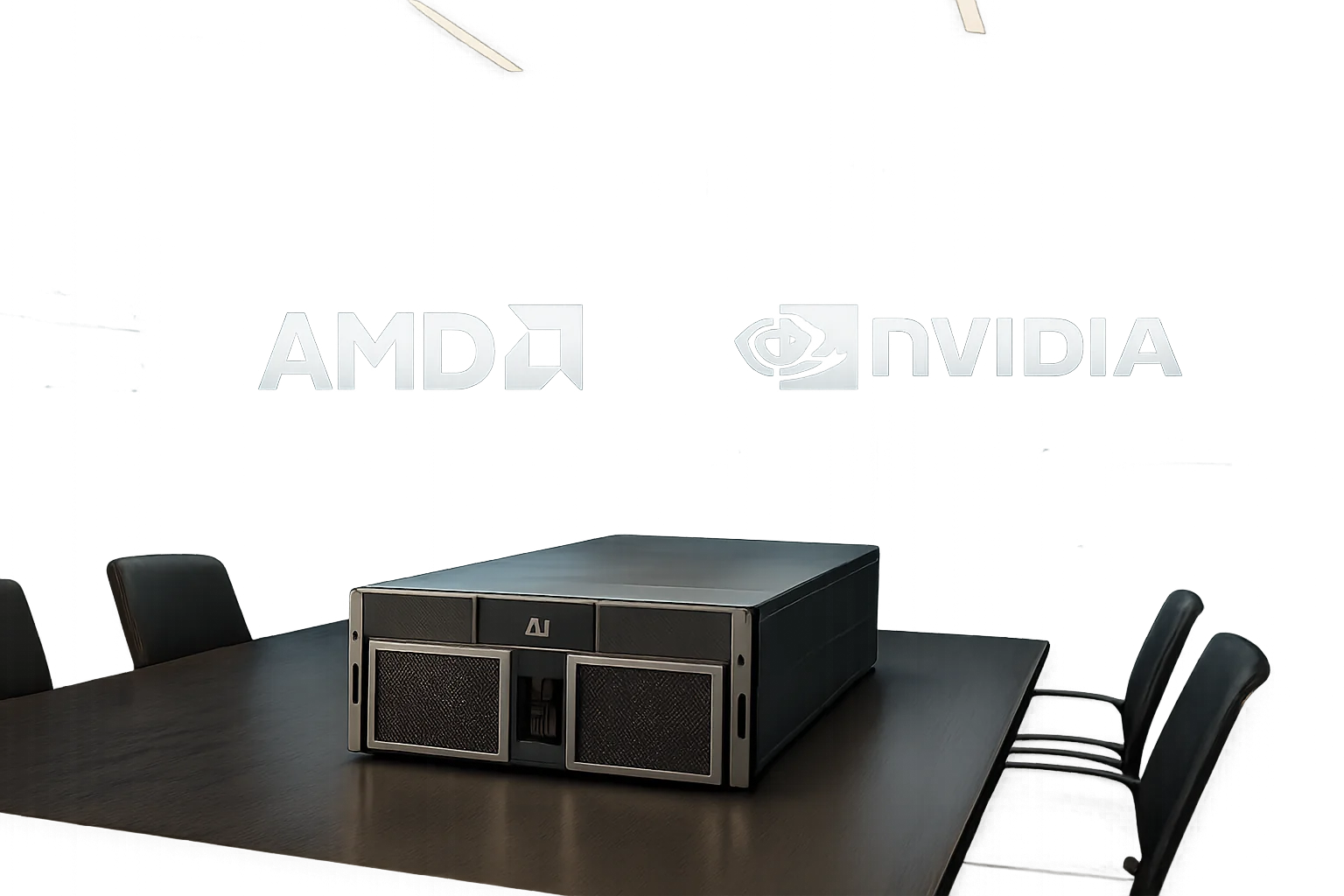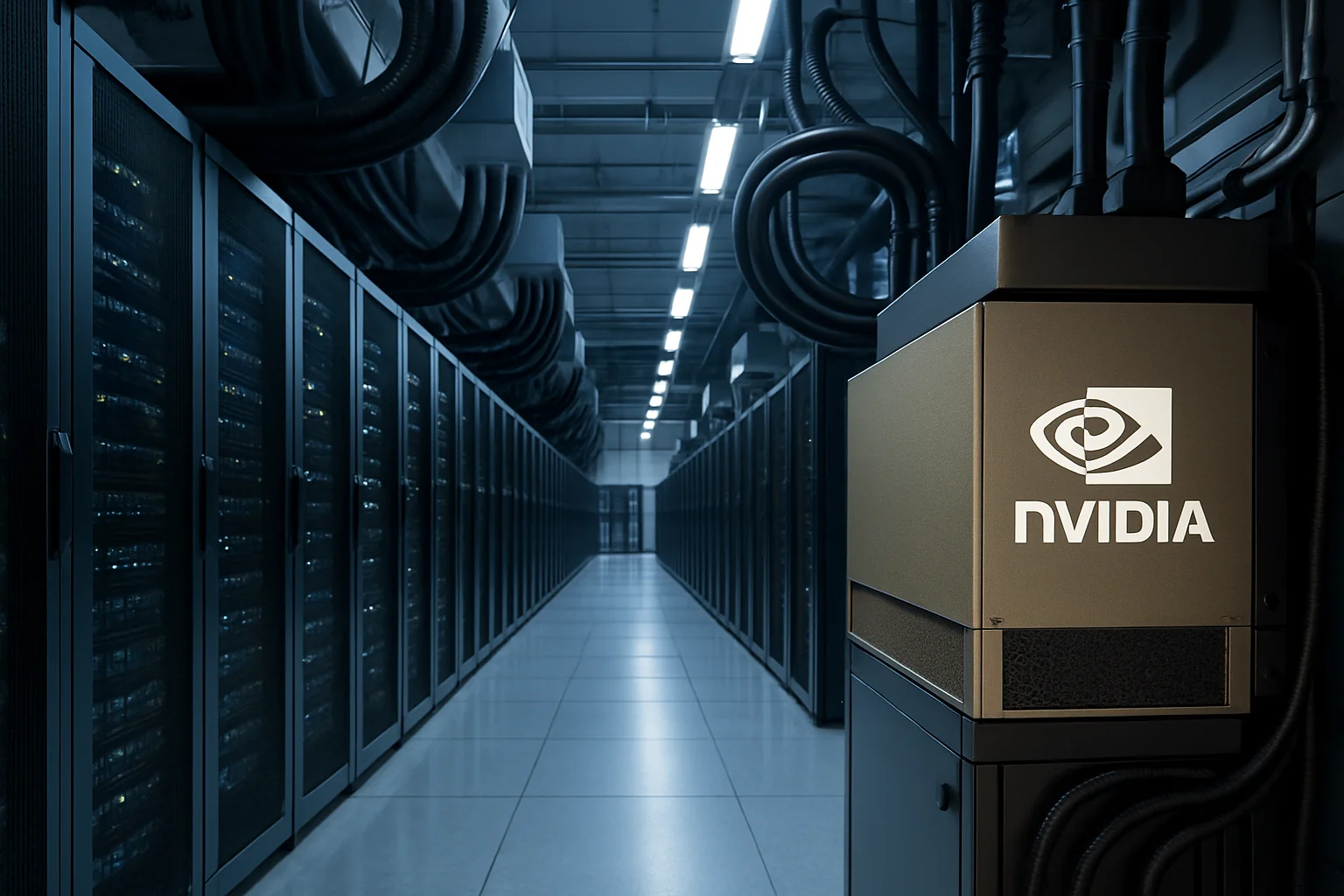Nvidia has reported impressive financial results for the first quarter ended April 27, 2025, with revenue reaching $44.1 billion—an increase of 12% from the previous quarter and a remarkable 69% rise compared to a year ago. The AI and graphics chip giant continues to play a pivotal role in the global AI revolution, despite facing new regulatory challenges.
Impact of Export Restrictions
On April 9, 2025, the U.S. government imposed new export license requirements for Nvidia's H20 products destined for China. This led to a $4.5 billion charge in the first quarter of fiscal 2026, reflecting excess inventory and purchase obligations as demand for H20 products dropped. Despite these hurdles, Nvidia’s stock climbed 4.4% in after-hours trading.
H20 product sales reached $4.6 billion before the export restrictions, but Nvidia was unable to ship an additional $2.5 billion in H20 revenue. Excluding the $4.5 billion charge, the company’s non-GAAP gross margin would have been 71.3%.
Financial Highlights
- GAAP and non-GAAP earnings per diluted share were $0.76 and $0.81, respectively.
- Excluding the inventory charge and related tax impact, non-GAAP diluted earnings per share would have been $0.96.
- Analysts had expected net income of $0.75 per share on $43.2 billion in revenue.
CEO Jensen Huang commented, “Global demand for Nvidia’s AI infrastructure is incredibly strong. AI inference token generation has surged tenfold in just one year, and as AI agents become mainstream, the demand for AI computing will accelerate. Countries around the world are recognizing AI as essential infrastructure — just like electricity and the internet — and Nvidia stands at the center of this profound transformation.”
Market Volatility and Product Announcements
Nvidia’s stock experienced volatility earlier in the year when concerns arose over DeepSeek’s efficient AI models potentially reducing demand for Nvidia’s hardware. However, the company has since recovered, unveiling several new products at the Computex trade show in Taiwan.
Q2 Outlook
Nvidia projects second-quarter revenues of $45 billion, plus or minus 2%, factoring in an $8 billion loss in H20 revenue due to export controls. Expected GAAP and non-GAAP gross margins are 71.8% and 72.0%, respectively, with operating expenses anticipated at $5.7 billion (GAAP) and $4.0 billion (non-GAAP). Full-year operating expense growth is forecasted in the mid-30% range.
Data Center and AI Expansion
First-quarter data center revenue soared to $39.1 billion, up 10% from the previous quarter and 73% year-over-year. Nvidia is expanding its manufacturing footprint in the U.S. and collaborating with partners to produce AI supercomputers domestically.
Key initiatives include:
- Introducing Nvidia Blackwell Ultra and Nvidia Dynamo for advanced AI reasoning models.
- Partnering with HUMAIN to build AI factories in Saudi Arabia.
- Launching Stargate UAE, a next-gen AI infrastructure cluster in Abu Dhabi, with partners such as G42, OpenAI, Oracle, SoftBank Group, and Cisco.
- Collaborating with Foxconn and the Taiwan government on an AI factory supercomputer.
- Joint projects with Alphabet and Google on agentic AI, robotics, and drug discovery.
- Making Nvidia Blackwell cloud instances available on AWS, Google Cloud, Microsoft Azure, and Oracle Cloud Infrastructure.
Gaming and AI PC Growth
Gaming revenue hit a record $3.8 billion, up 48% from the previous quarter and 42% year-over-year. Nvidia launched the GeForce RTX 5070 and RTX 5060, bringing Blackwell graphics to gamers at competitive prices. CFO Colette Kress highlighted strong adoption, noting GeForce’s 100 million user base and the integration of Microsoft’s Copilot+ AI technology in AI PC models.
Nvidia DLSS 4 is now available in over 125 games, including high-profile titles like Black Myth Wukong, DOOM: The Dark Ages, and Star Wars Outlaws. The upcoming Nintendo Switch 2, launching June 5, will feature an Nvidia processor and AI-powered DLSS, enabling up to 4K gaming. The company also introduced the Nvidia RTX Remix modding platform, attracting over two million gamers.
Professional Visualization and Industrial AI
Professional visualization revenue reached $509 million, up 19% year-over-year. Nvidia announced the RTX PRO Blackwell series for workstations and servers, as well as the DGX Spark and DGX Station personal AI supercomputers powered by the Grace Blackwell platform.
Leading industrial software providers, including Accenture, Ansys, Databricks, SAP, Schneider Electric, and Siemens, are integrating Nvidia Omniverse to accelerate industrial digitalization with physical AI.
Automotive and Robotics Innovations
Automotive revenue was $567 million, up 72% year-over-year. Nvidia is collaborating with General Motors on next-generation vehicles, factories, and robots using Omniverse, Cosmos, and Drive AGX platforms.
The company also introduced Nvidia Isaac GR00T N1, the world’s first open humanoid robot foundation model, along with subsequent advancements and tools to accelerate humanoid robot development.




